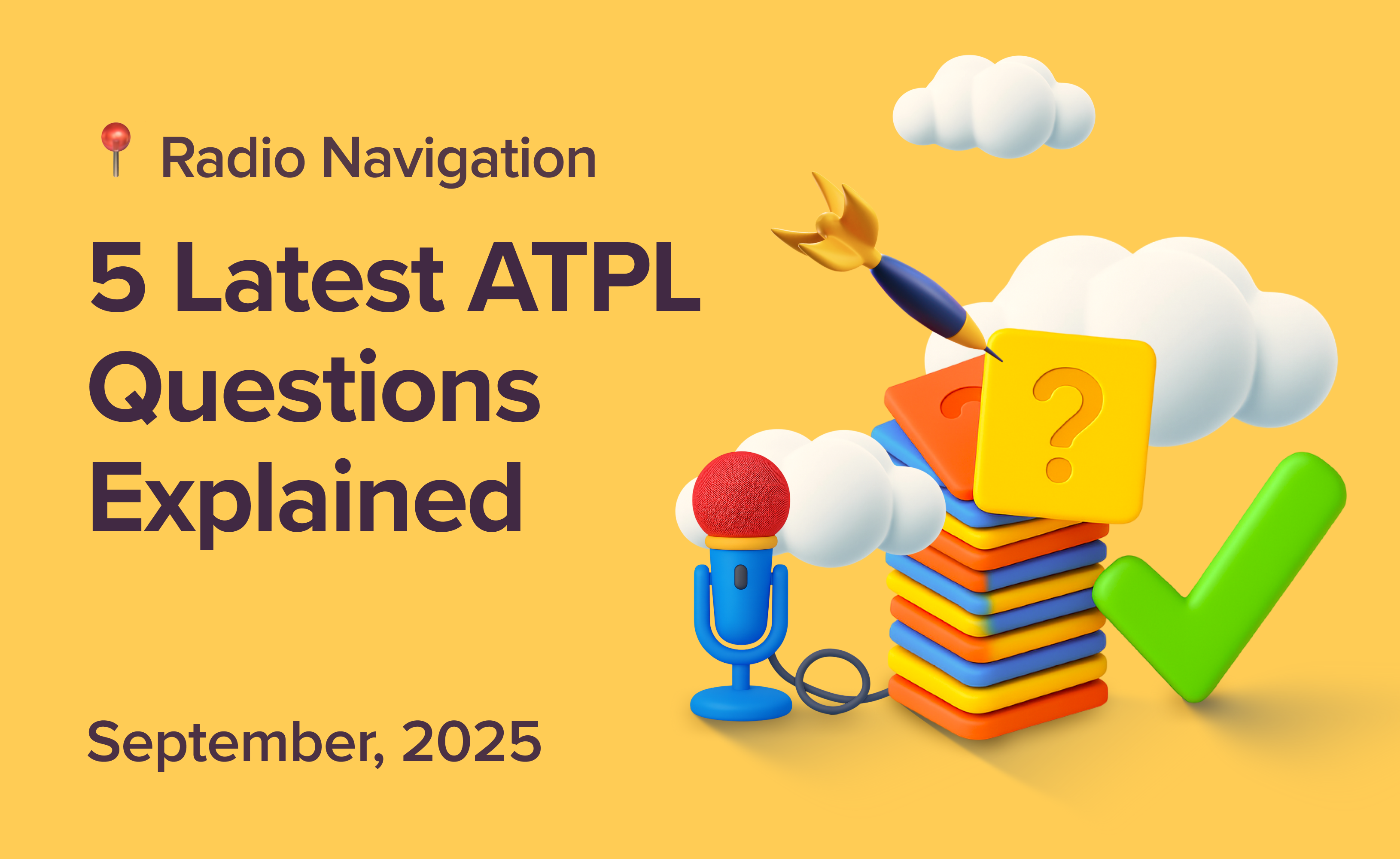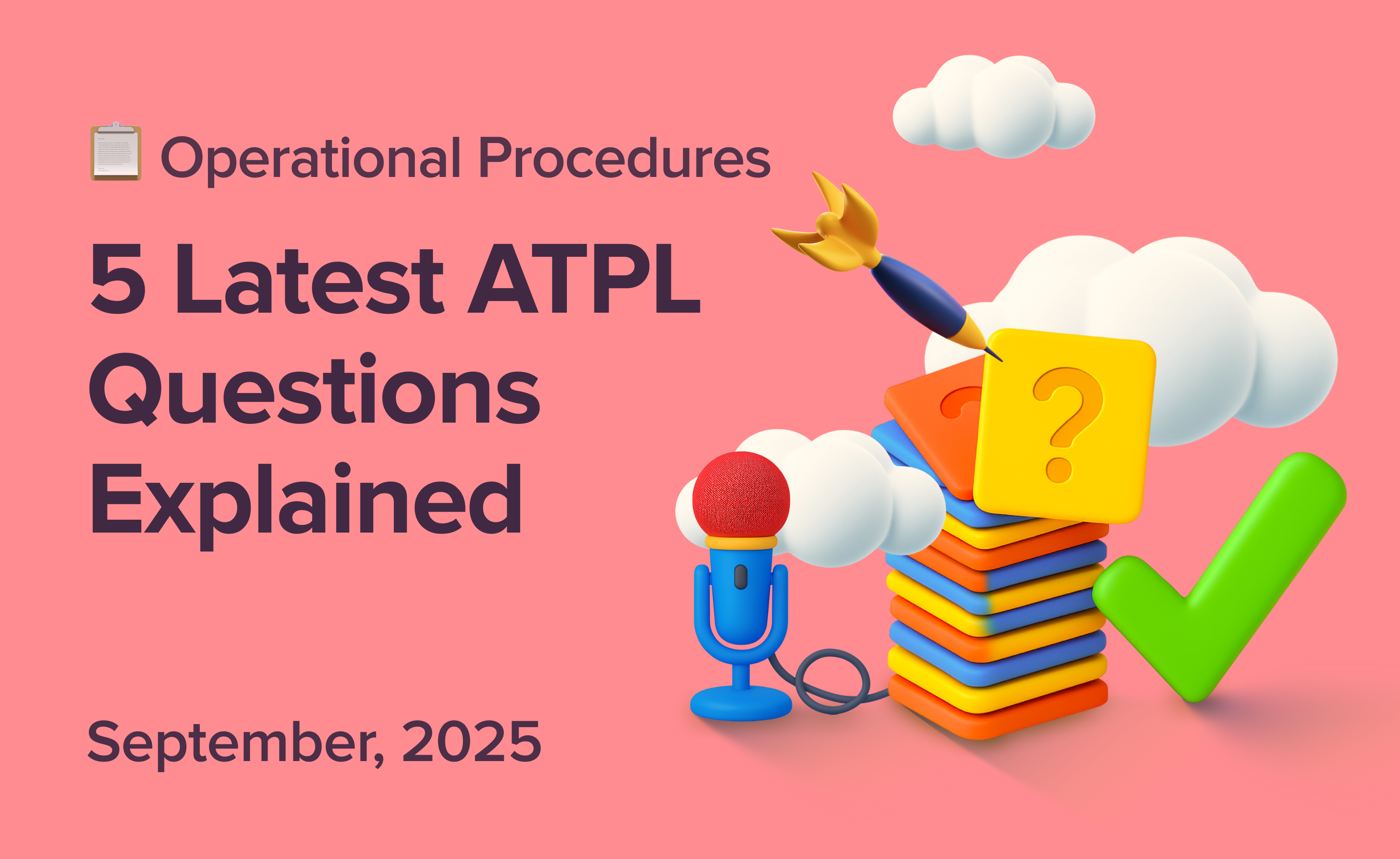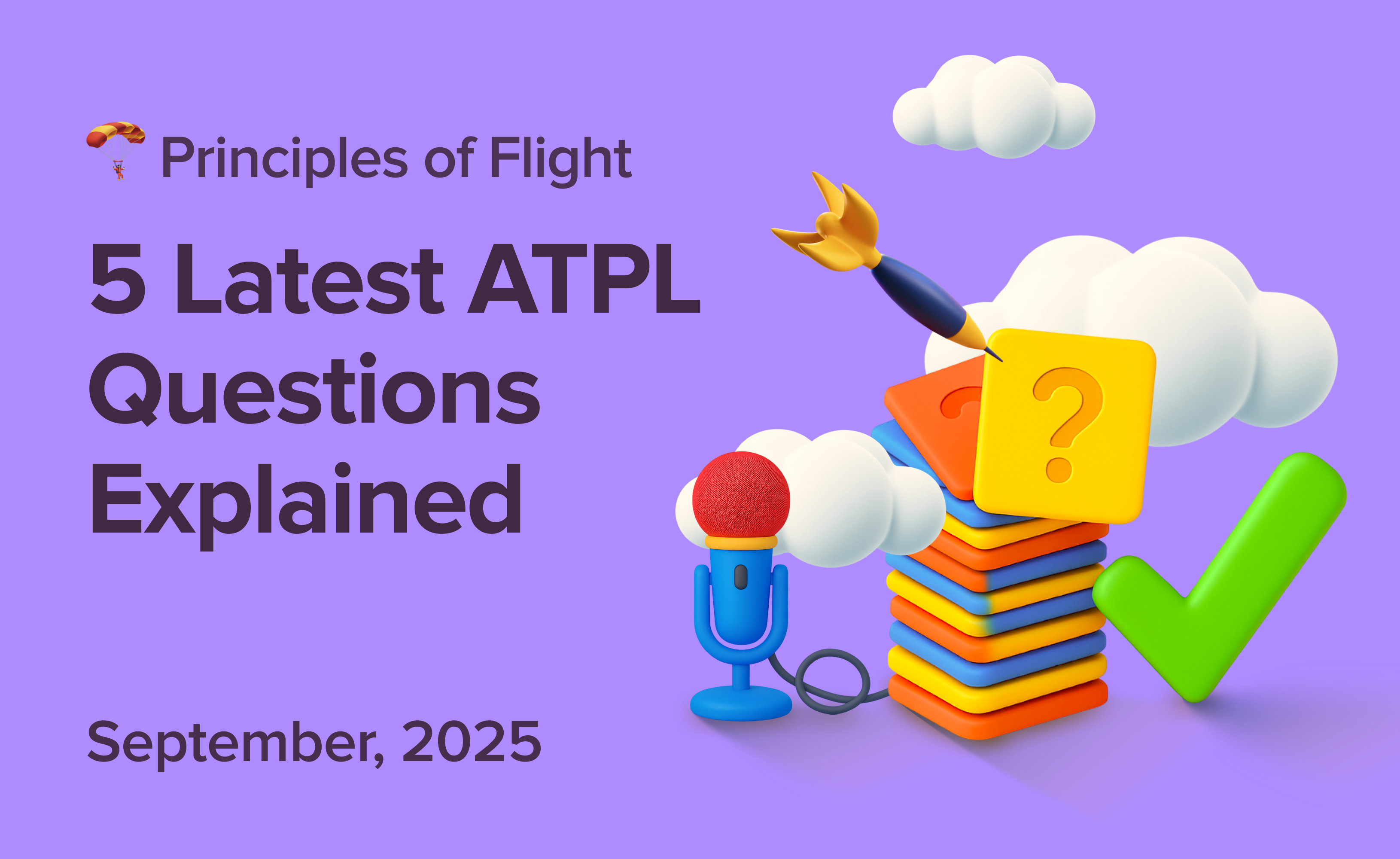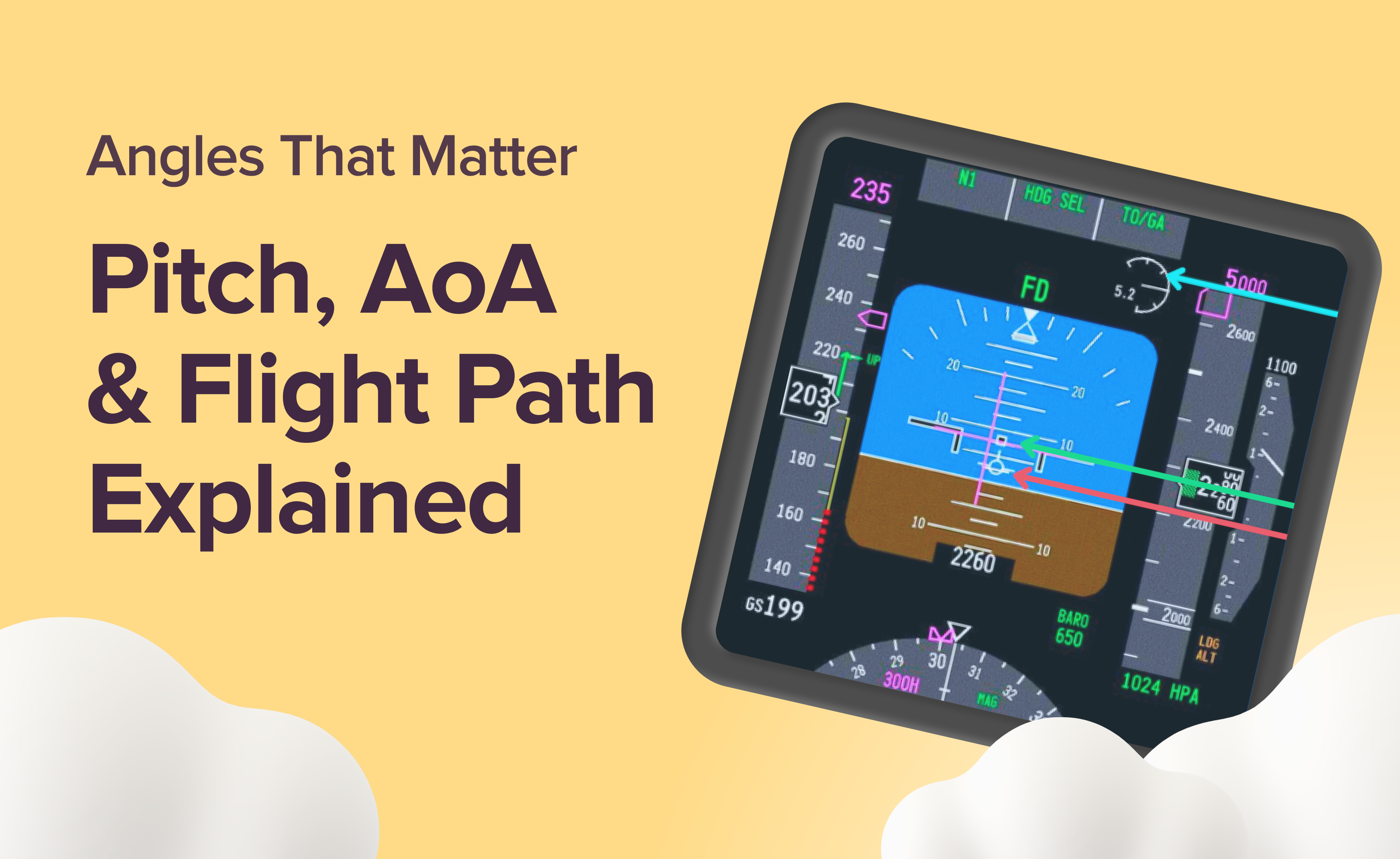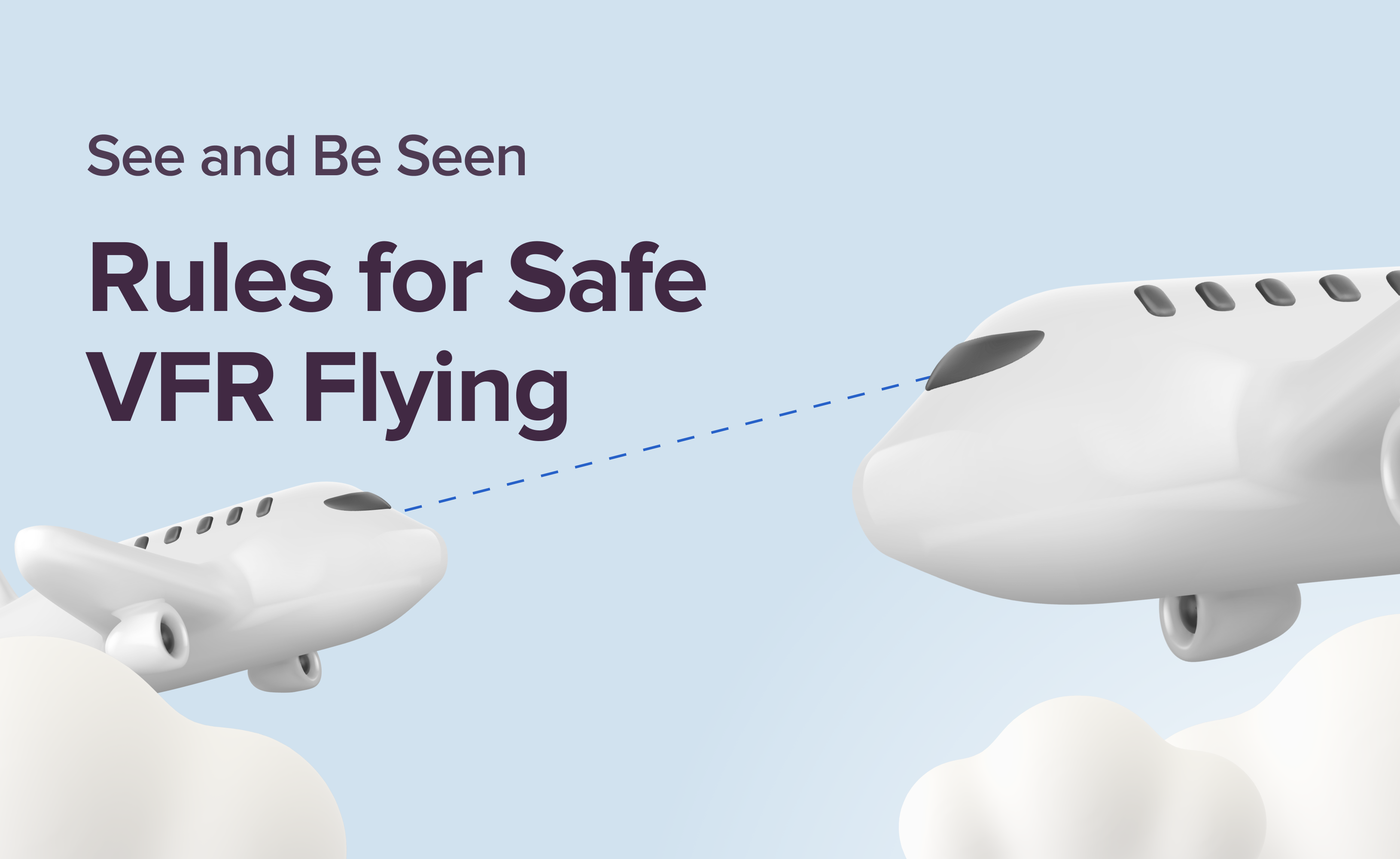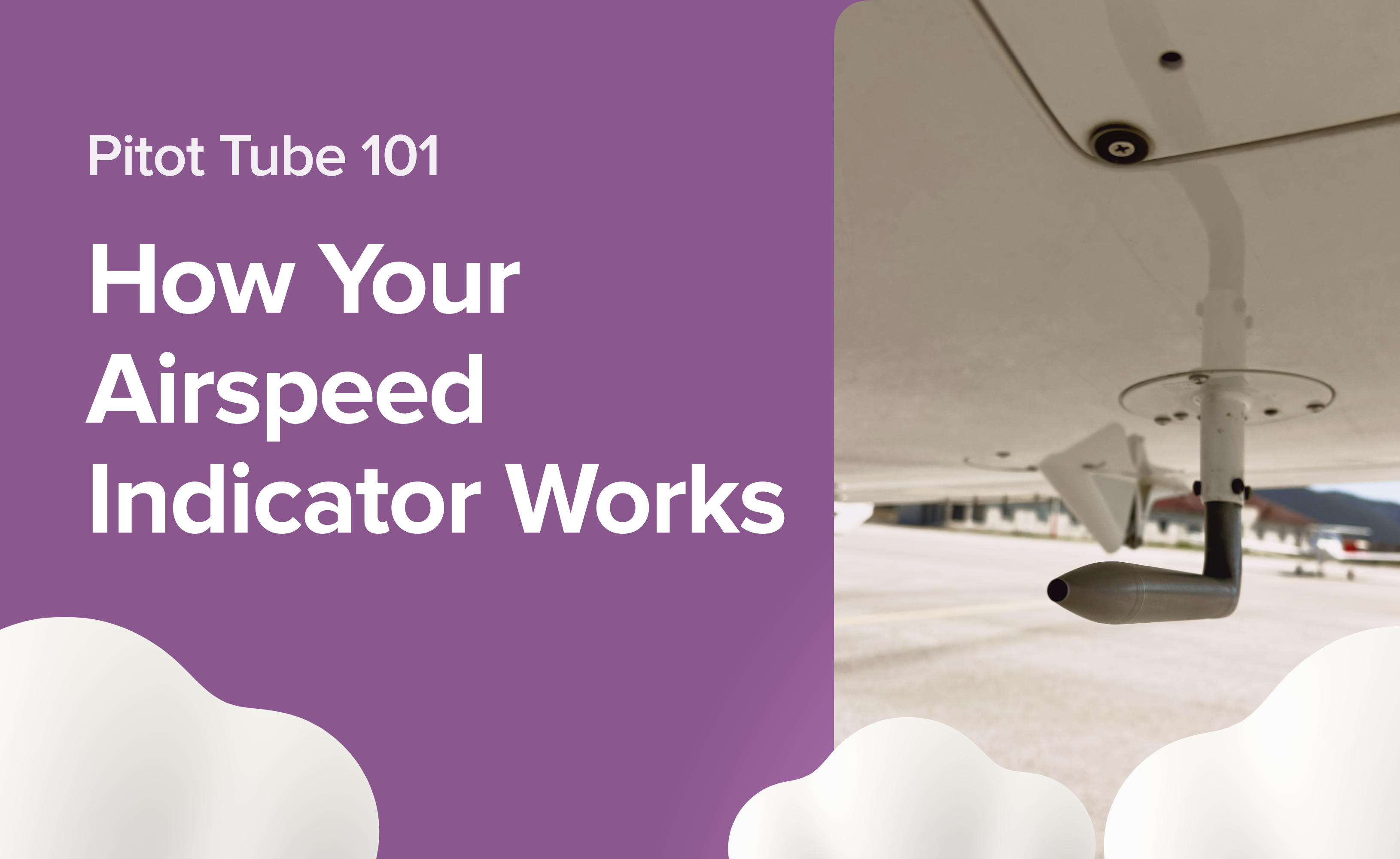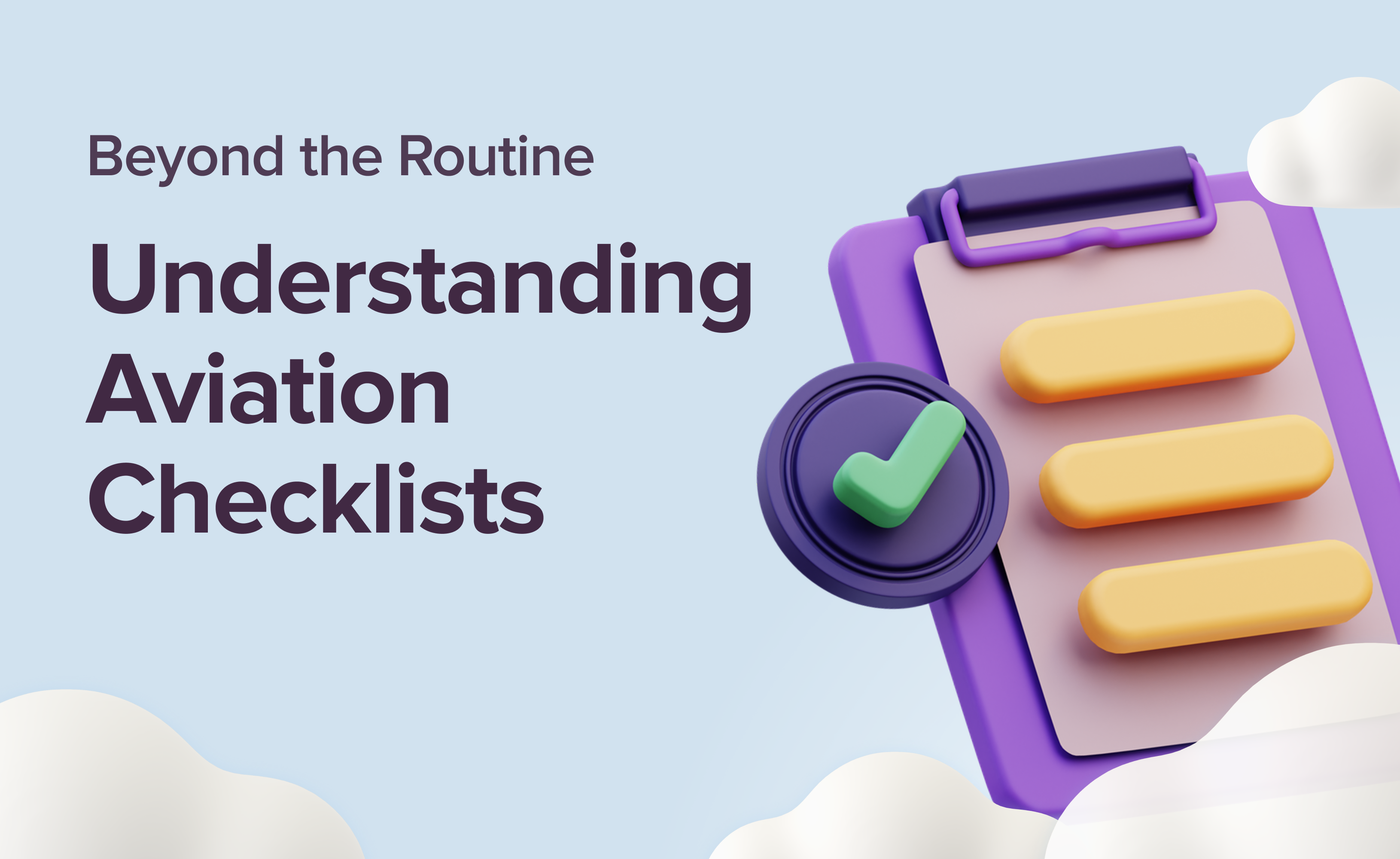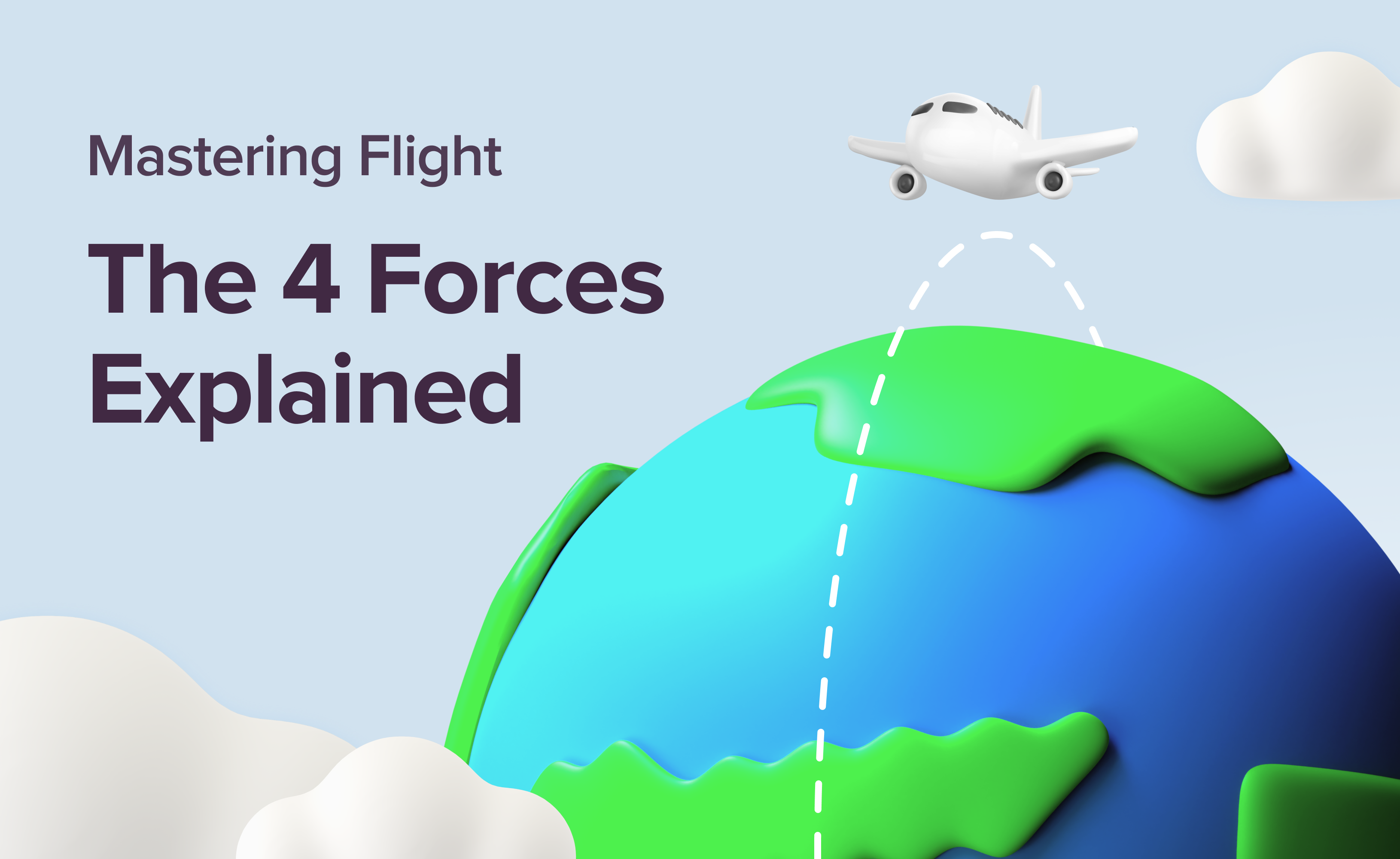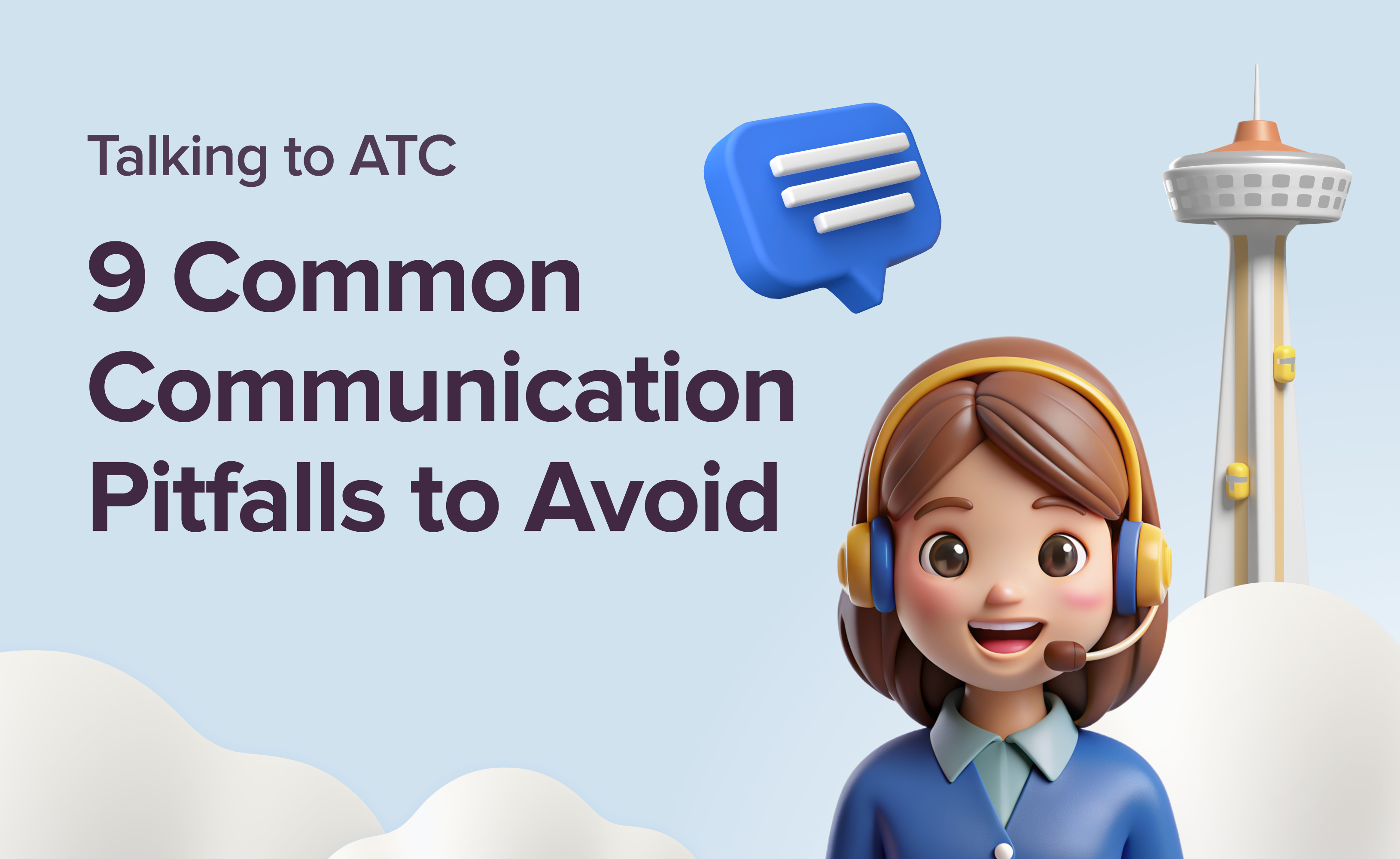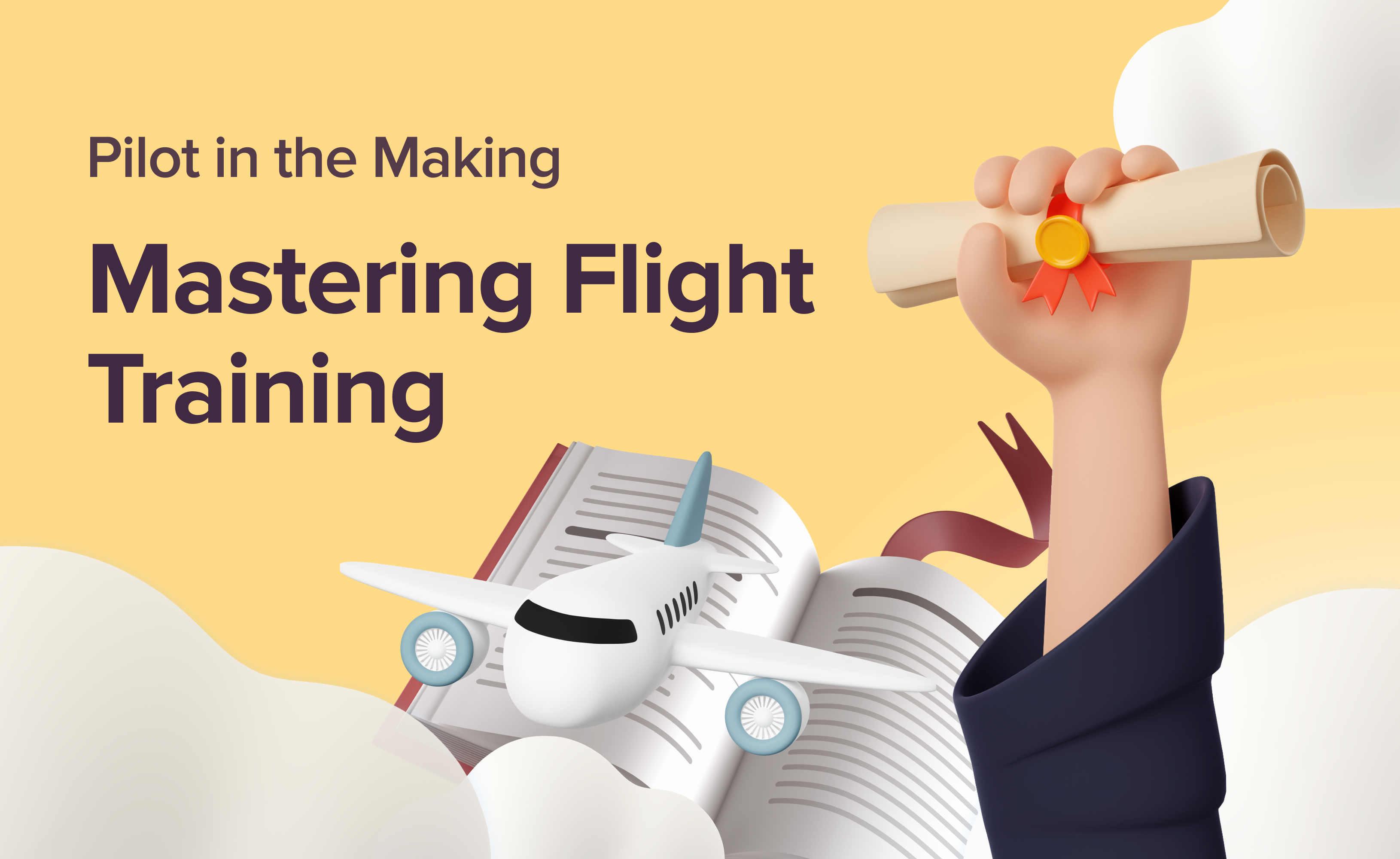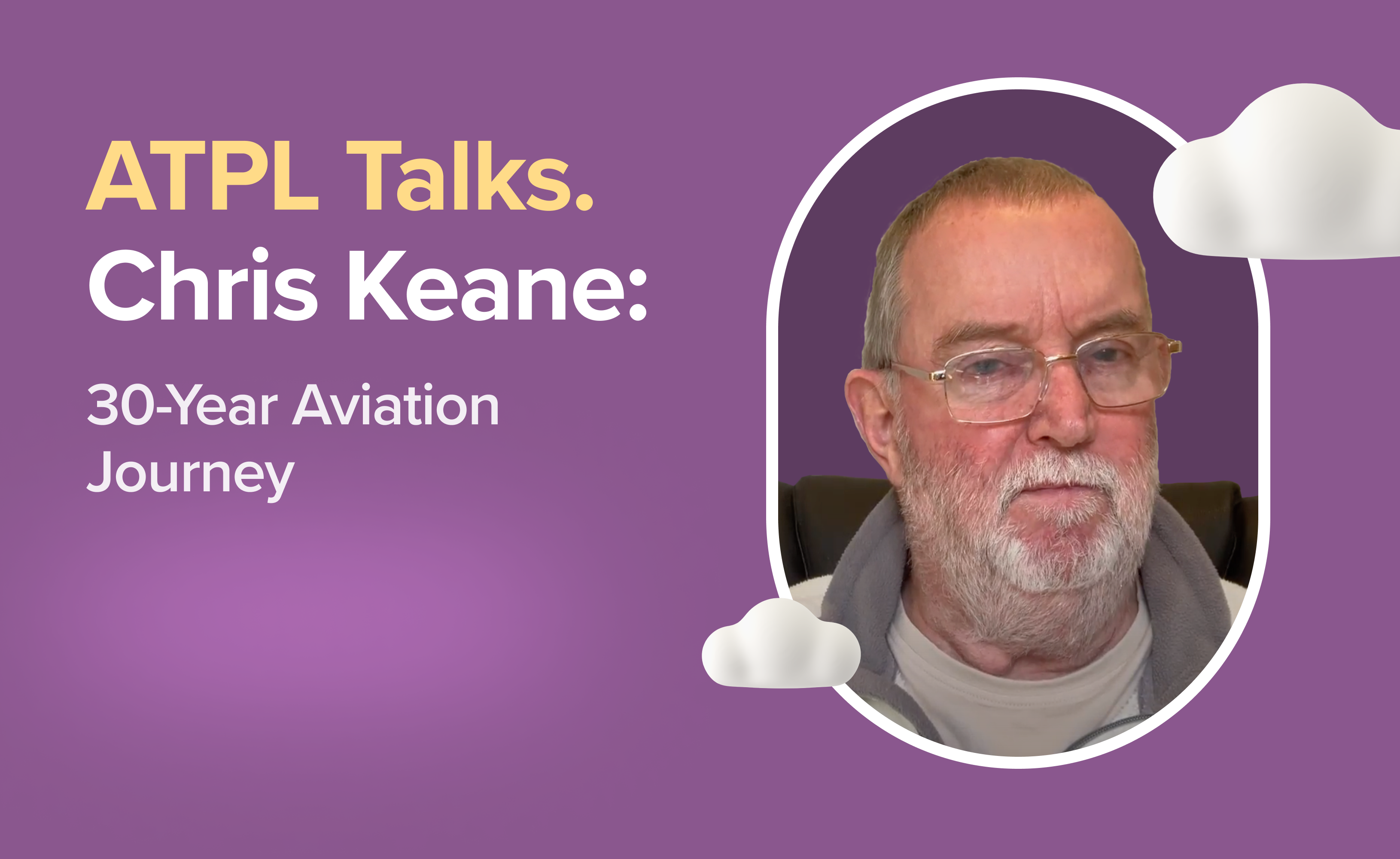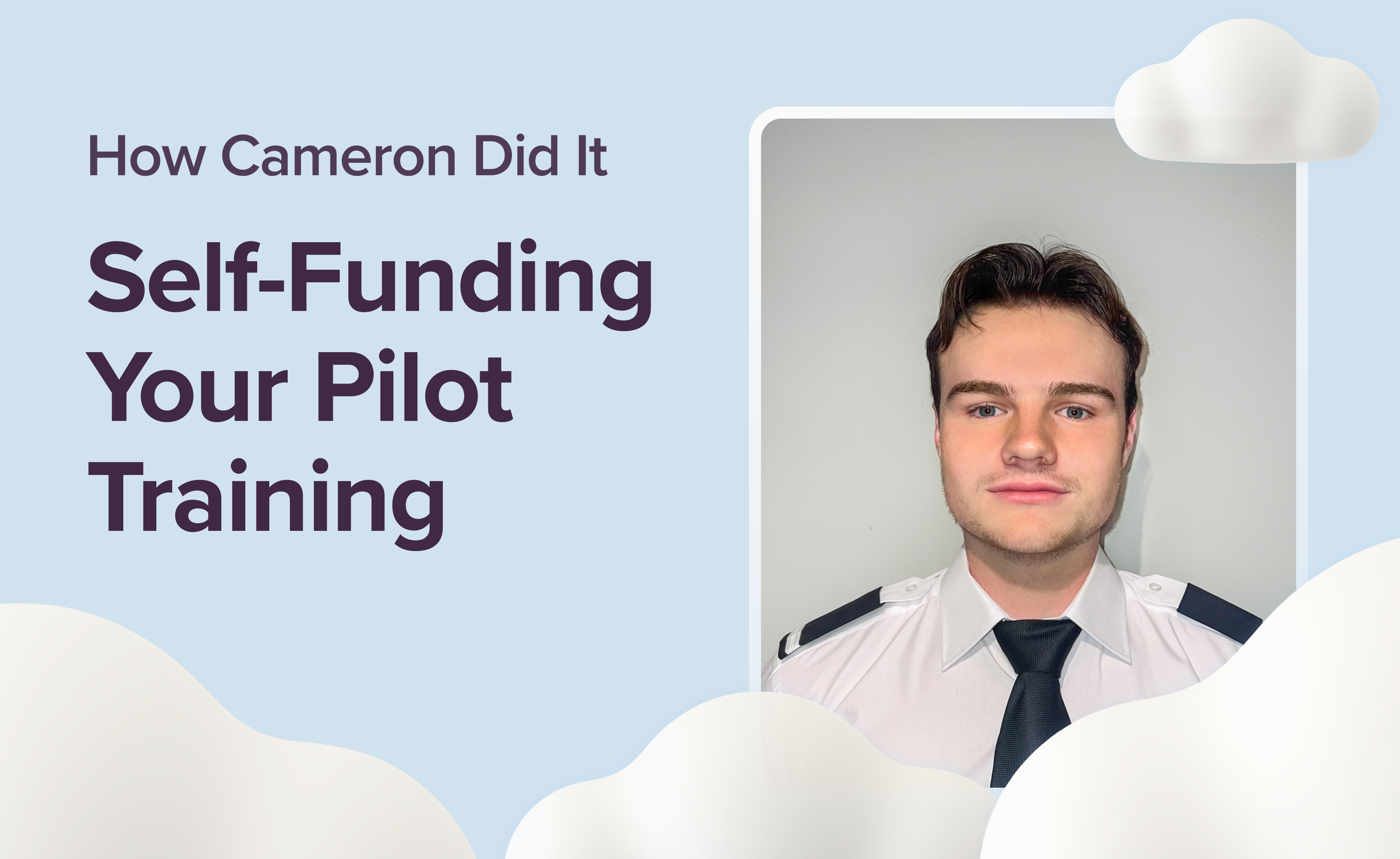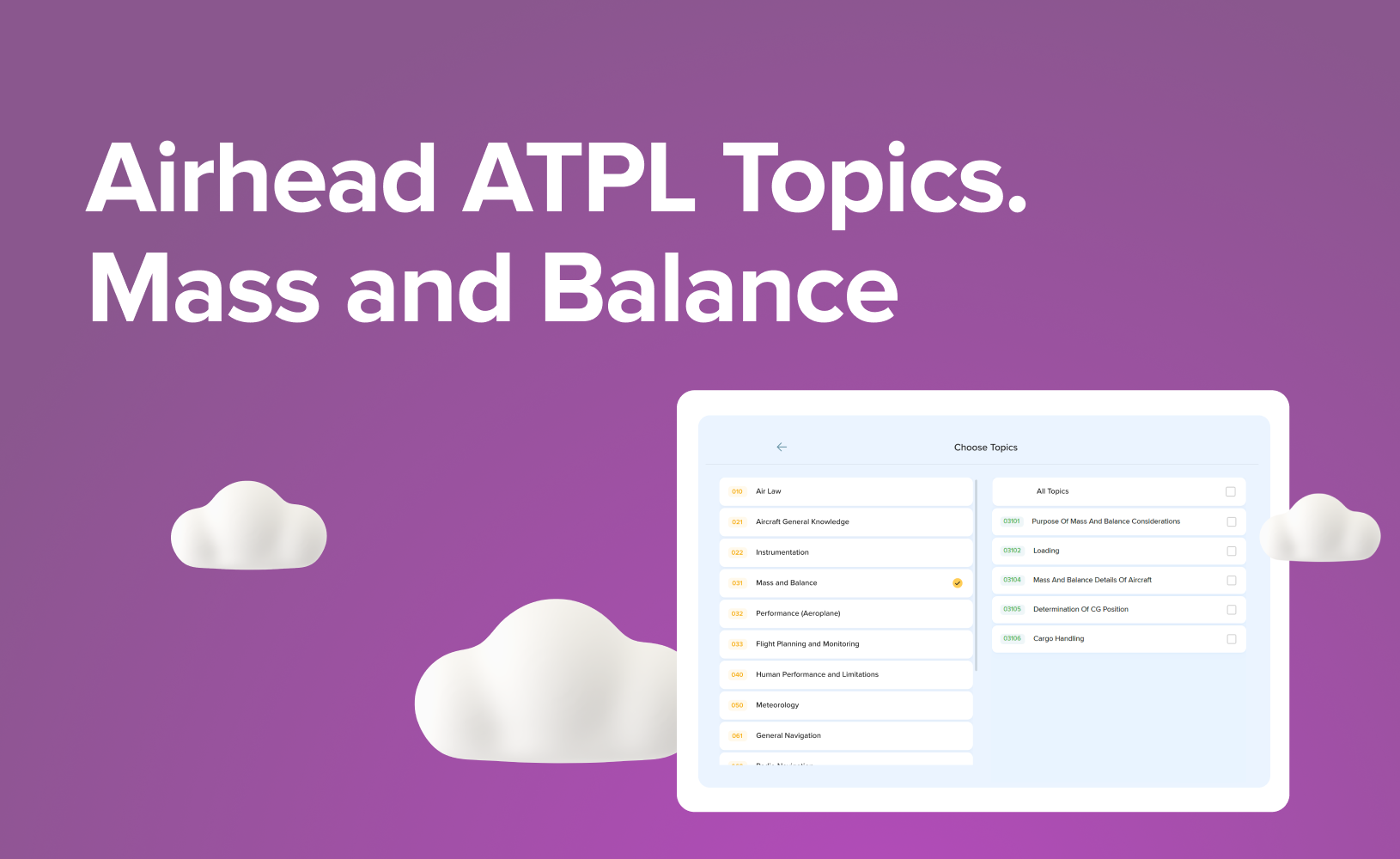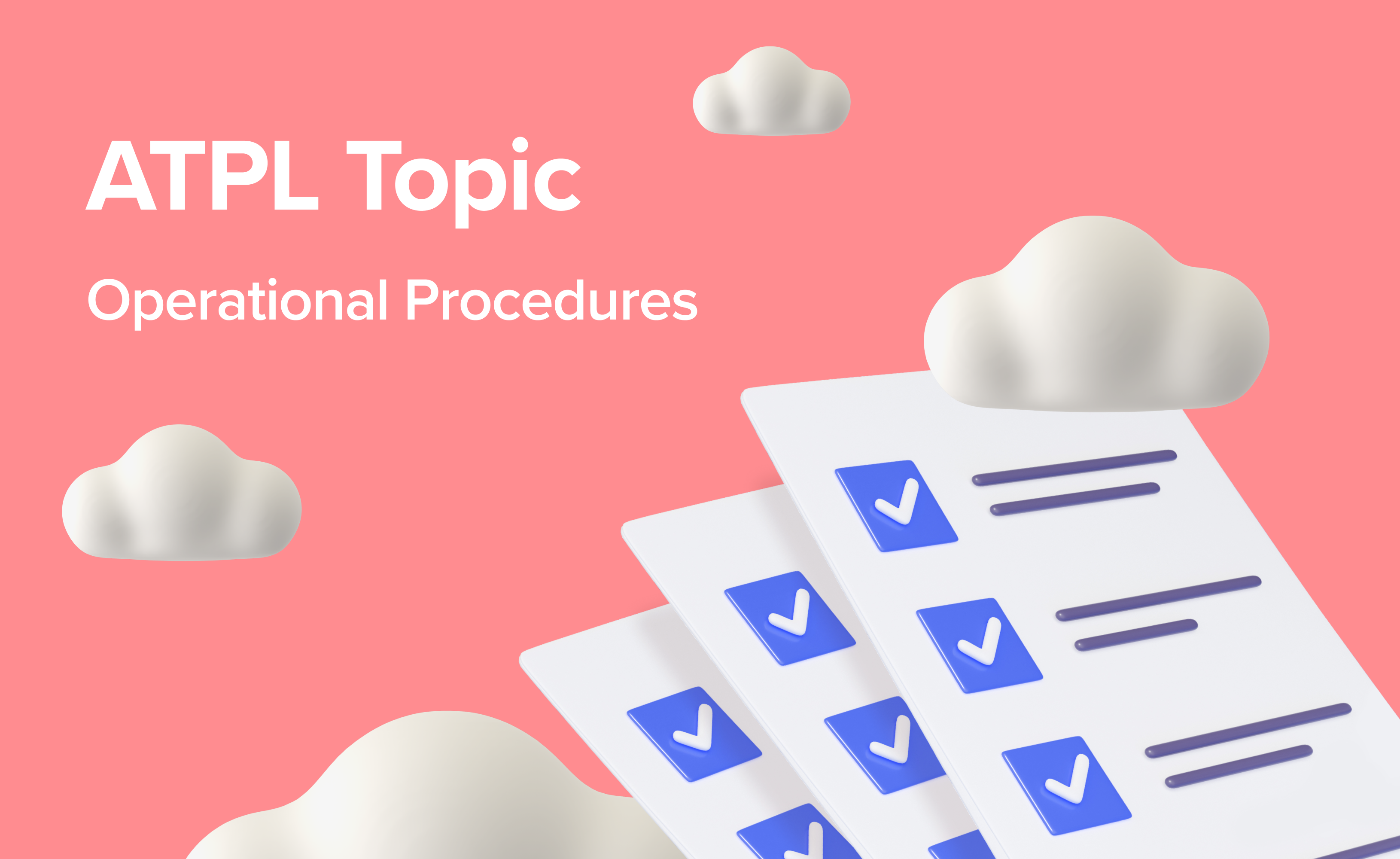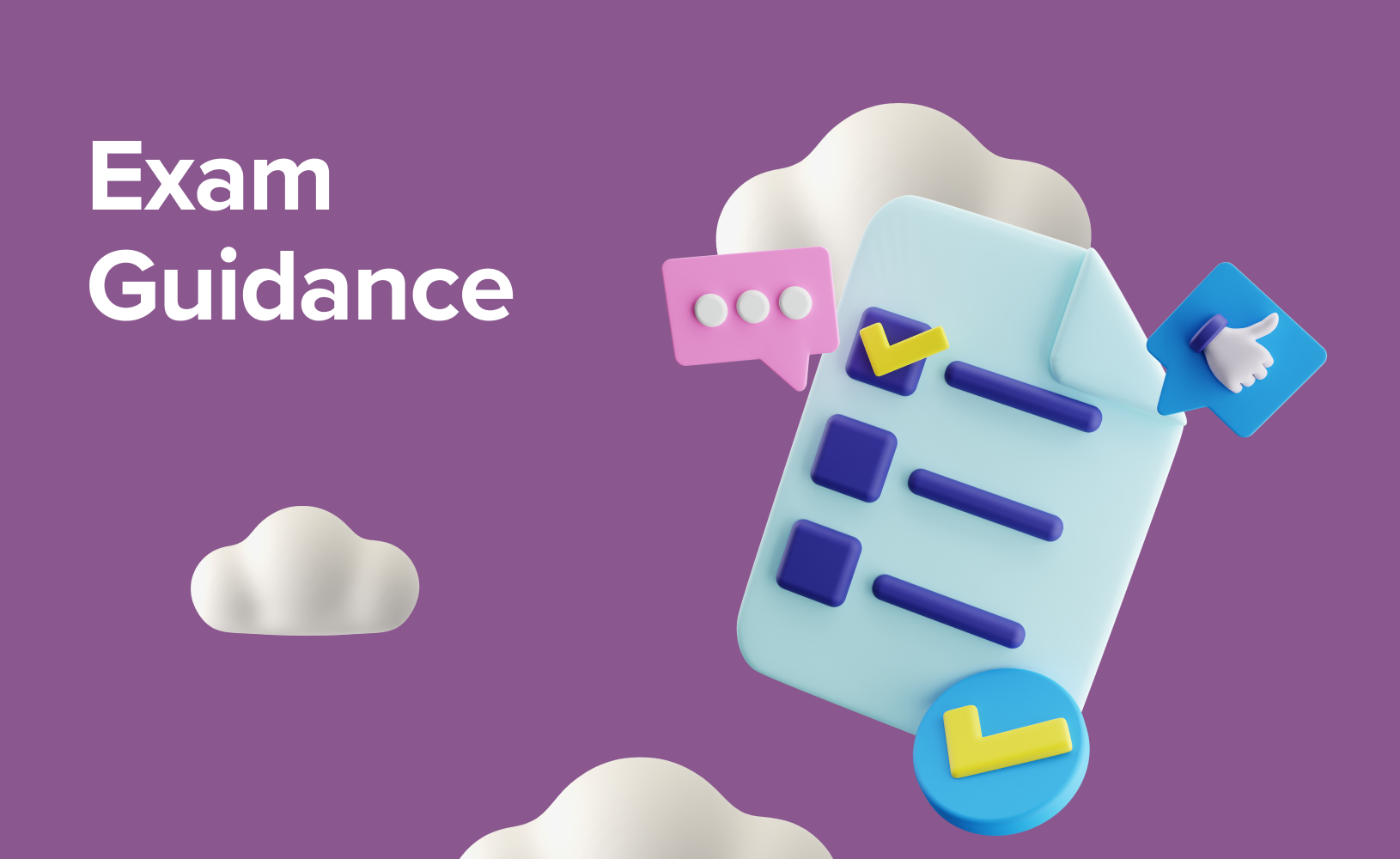Pet Peeves: 8 Things That Annoy Every Budding Pilot

Flying is a passion, sure… but even the most sky-obsessed student pilots will hit a few turbulent nerves along the way. That’s normal. For all the joy that comes with lifting off the runway and chasing your dreams through the clouds, flight training can also be full of those small (and not-so-small) moments that test your patience, confidence, and even your love of checklists.
We've rounded up 8 totally random, relatable things that get under the headset of every student pilot at some point. While aviation is serious business, it doesn’t mean we can’t laugh a little about the bumps along the way. Let’s talk about it and then get back to loving the journey — flaps down and full throttle.
Simplify your flying maths: Discover 8 easy rules of thumb in our blog, Pilot Maths, for more intuitive and efficient flight. Start flying smarter today.
Ground School Studying
When “Lift” Still Doesn’t Click

Ah, ground school. The part of pilot training where your head spends more time in books than in the clouds. Yes, flying is fun — but before you even touch the controls, you're knee-deep in regulations, acronyms, charts, and physics that make you question if you signed up for aviation or astrophysics.
Studying isn’t glamorous. It can be downright soul-sapping. You're trying to memorise dozens of abbreviations that sound more like robot names than vital concepts. Meanwhile, diagrams of lift and drag blur into an endless slideshow of arrows and Greek letters.
Everybody knows that people want to fly – they do not want to “learn” how to fly. But ground school does matter. It’s the foundation for every smart decision you’ll make in the air. It teaches you how to think like a pilot before you fly like one. So if you’re deep in your books, frustrated, and second-guessing yourself, congrats, you’re right on track.
Are you aware of the attitudes that can sabotage your flying? Discover 5 risky mindsets every pilot should check.
Weather Delays
When the Sky Says “Not Today”

If there's one thing student pilots quickly learn, it's this: Mother Nature doesn’t care about your schedule.
You’ve packed your kneeboard, triple-checked the METAR, and practically skipped to the airfield — only to be met with words: "We're grounded today." Low clouds, gusty winds, unexpected fog, or just that “WX not suitable for VFR”.
Frustrating? Completely. But here’s the truth: weather delays are one of aviation’s most humbling realities. They’re the first of many reminders that in flying, safety always outranks convenience. It teaches patience, respect for the environment, and how to make go/no-go decisions.
Discover how to enhance your flight training experience and build a strong relationship with your instructor in our article Pilot in the Making: Mastering Flight Training.
Radio Anxiety
When “Say Again?” Becomes a Lifestyle
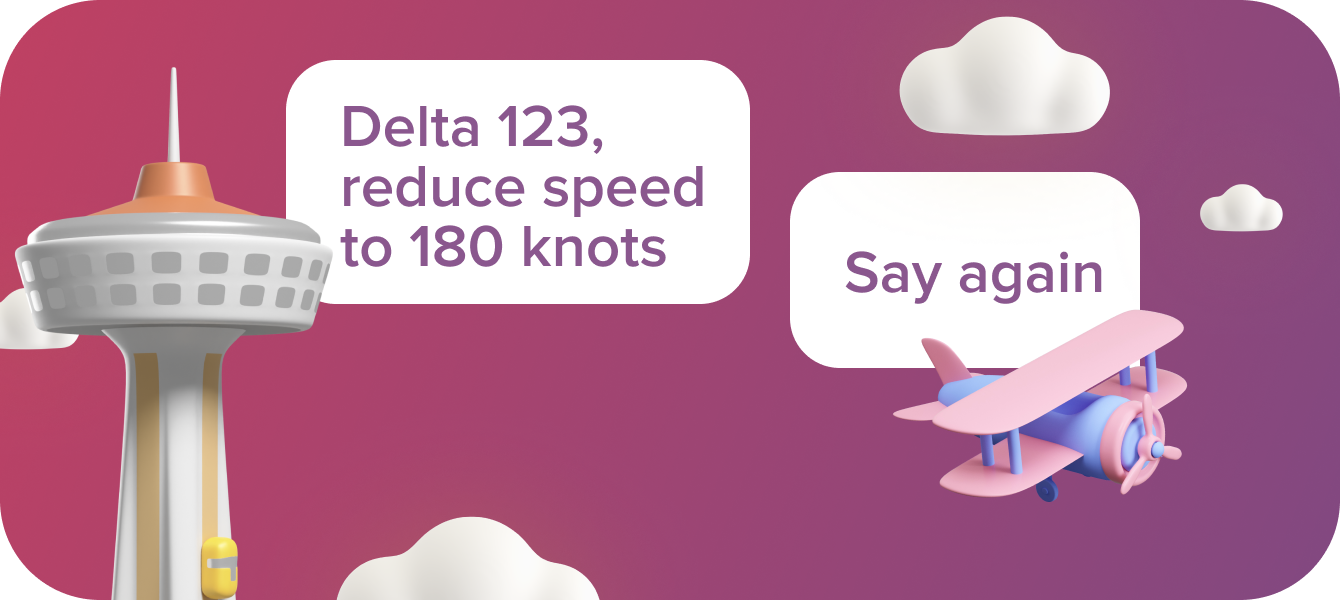
The legendary mic fright is real. The fear of saying something dumb and getting roasted over the frequency by the tower — or worse, by other pilots. Every pilot has a story of mixing up runway numbers, stumbling over call signs, or nervously saying “thank you” to ATC like it’s a customer service call.
Even when you’ve rehearsed the perfect radio call in your head, as soon as you press the push-to-talk button, your brain does a full engine failure. Add in ATC replying at the speed of sound, and congratulations — you’re in full-blown radio paralysis.
Radio confidence builds with time. It starts with a shaky “G-ABCD, ready for departure” and slowly evolves into cool, calm comms without breaking a sweat. So the next time you get tongue-tied on frequency, just smile — you’re one step closer to sounding like a pro.
Nervous about your first ATC call? Don't worry, we've got you covered. Check out our guide to help you navigate your initial radio communications.
Endless Checklists & Procedures
Because Nothing Says “Fun” Like Flipping Switches in Order

There’s a checklist… for everything. Starting the engine? Checklist. Taxiing? Checklist. Pre-takeoff? You guessed it. Post-landing, shutdown, abnormal procedures, emergency, crosswind take-off, soft-field landing, checklist, checklist, checklist.
During early training, those laminated cards feel endless. Yes, it’s repetitive. Yes, it’s dry. But one day, when something goes wrong and muscle memory kicks in, you’ll realise these checklists aren’t just habits — they’re life preservers.
So keep flipping those switches and reciting those steps. Breathe. Smile. You’re building discipline. (And yes, your instructor still has that disappointed look — it's their default face.)
“Beyond the Routine: Understanding Aviation Checklists” covers the importance of checklists and how to use them effectively. Discover best practices for checklist management, learn how to avoid common errors, and understand why these procedures are vital for every flight.
Go-Arounds & Re-Dos
One More Time… Again

You nailed the downwind leg. The base turn? Smooth. You're lined up beautifully on the final. Flaps set, airspeed perfect, the runway's right there and… “Go around!”
Wait, what?
Welcome to the world of repetition, where “one more circuit” always means at least three, and “well done” is swiftly followed by “Let’s do it again.” It’s not just landings either. Steep turns, stalls, PFLs, circuits — it may seem like CFI wants you to do this until your soul becomes part of the aircraft. And you will be right.
Go-arounds may feel like defeat at first. But go-arounds aren’t failures — they’re some of the best decisions you’ll ever make. They show judgement, awareness, and airmanship. And in training, they're your best teacher.
So yes, the endless re-dos can be frustrating. But each one is a notch on your flight training belt. You're not just learning to land — you're learning when not to. Smile, power up, clean up, and fly the circuit again. Your perfect landing is coming — eventually.
Our latest blog, In the Loop: How to Fly the Basic Traffic Pattern, breaks down each leg of the traffic circuit, explaining what to expect at every stage and how to fly it with ease and safety.
Running Out of Funds
The Sky Isn’t the Limit — Your Budget Is

Flight training isn’t cheap, and we all know it going in. But no one warns you about how many hidden extras pile up. From £300 surprise exam fees, to “we need another dual check before solo,” to yet another headset adapter because your last one got stuck in the panel — aviation slowly teaches you one financial truth: if it flies, it’s expensive.
There’s also the emotional math. Like choosing between dinner with friends and that extra hour to keep your solo currency. Or explaining to your family why you're still spending money to “not fly the plane yet.”
It's worth remembering: every penny is an investment in your wings. Every frustrating receipt, every unexpected cost, is part of building a career or lifelong skill few will ever earn. The skies aren't just for those with trust funds — they’re for those with grit, hustle, and maybe a second job.
So if you’ve ever cried a little looking at your bank statement post-sim session… you're not alone.
Missed our comprehensive guide on funding your pilot training? You can get it here. We extensively explored financial planning strategies and identified cost-saving opportunities to make your aviation journey attainable.
“Great Job!”…
Followed by a 15-Minute Breakdown of What You Did Wrong

There’s a special kind of psychological whiplash in hearing “Nice work up there today!” only to be followed by a deep sigh, a whiteboard marker uncapping, and the phrase: “Let’s talk about that turn to final…”
It’s especially confusing when instructors lead with compliments: “Solid circuit work today, really improving.” Also, Instructor, two minutes later: “But your trim technique needs work, you flared too early, your crosswind correction was off, and what exactly was that radio call to tower?”
To be fair, your instructor isn’t trying to tear you down — they’re trying to build you into a safe, sharp pilot. But let’s be honest: sometimes it feels like trying to drink from a firehose of corrections while also trying to remember how to walk again.

Pro tip: Don’t take it personally. Take notes. Ask for specifics. Ask for demos. That “laundry list of wrong” is a roadmap — and believe it or not, a sign they see your potential. They wouldn’t bother with the feedback if they didn’t. Because in aviation, “Great job” always means “You’re getting there — now here’s how to do it better.”
Consistently achieve smooth landings and master flap adjustments with our in-depth guide, Flaps, Lift & Drag: The Secret to Smooth Landings.
The “Almost-There” Solo
That Gets Delayed Again

Ask any pilot, and they’ll tell you: the most emotionally charged flight of training is your first solo — not just for what it is, but because of how many times it gets postponed. It’s a rite of passage and a test of patience.
The problem? Everyone wants your first solo to be perfect. That includes the instructor, the CFI’s boss, the weather gods, and your mum, who already posted a “my little one flies solo today!” status on Facebook.
And yes, it’s frustrating when you feel ready, but the universe decides otherwise. But here’s the thing: if you’re being held back, there’s usually a good reason. Your instructor’s job isn’t just to make you solo — it’s to make sure you’re ready when the weather, traffic, and your mindset all align.
So when the solo gets pushed (again), take a deep breath. Review the feedback. Practise the patterns. The sky’s not going anywhere — and your solo will be all the more rewarding when you own it.
Your first solo flight is closer than you think. Learn how to prepare for this milestone and succeed in your flight training.

Airhead's Takeaway
Laugh It Off, Fly Through
Whether it’s a weather delay, an unexpected go-around, or that dreaded radio call that definitely didn’t sound like it did in your head, the journey from student to pilot is full of bumps, holds, and reroutes. And just when you’re finally getting the hang of it, along comes the well-meaning people:
“You’re still working on that licence?” “Cessnas? Oh. When do you get to fly the real planes?” “Wait… you have to pay for all those hours yourself?”
Smile. Nod. Then tune them out. Don’t let people who know nothing about flight training make you question your progress.
They don’t get it — but that’s okay. Because you do. You understand the discipline, the grind, the investment (emotional and financial), and the moments of quiet triumph when it all clicks.

So here’s the thing: Ignore the timelines, ditch the comparison charts, and focus on your own journey. One flight, one lesson, one radio call at a time. Every great pilot was once a student who had a few bad days, a long list of annoyances, and a sky full of reasons to keep going anyway.
You’re doing better than you think. Keep flying.

